- 09
- Dec
Quid est Current?
What is the electric current? First recall, what is the definition of current we have learned?

Quite simply, the directional movement of charged particles in a conductor is an electric current.
Solum cum substantia particulas quae libere movere possunt, electricum transmittere potest, id est electricitatem ducere. Hae particulae oneratae, quae in conductione participant, tabellarios dicuntur. Pro metallis, exempli gratia, solum electronici exteriores atomorum portantes agere possunt.
“Motus directivus” in definitione currentis electrica saepe intelligitur. Multi putant pertinere ad motum quendam directum, non utique! Nonne directio motus electronicorum in AC circuitione mutatur?
In fact, orienteering is relative to “random movement”!
Since electrons are microscopic particles, they must be in thermal motion all the time. Thermal motion is a random motion, as shown in the figure below. 
This movement is actually very fast. For example, in metals at room temperature, the speed of electronic thermal movement is on the order of hundreds of kilometers per second!
Si hunc motum temere inspicias, directionem motus cuiusque particulae quovis momento temere reperies. Si velocitatem harum particularum addideris, effectus est fere nullus.
Now add an electric field to the conductor, and the electron superimposes a directional movement on the basis of random movement. Assuming that the electric field is to the left for a certain period of time, the movement of the electrons looks like the following. The red balls represent metal atoms on the crystal lattice, and the fast moving dots represent free electrons. 
An festinanter spectat? Id est quod motus electronic est vere ieiunium! at re vera, motus temere, qui pro magna eius proportione rationem habet, ad praesens non confert. Motu temere corrupto, reliquum est, ut tardius vide infra.
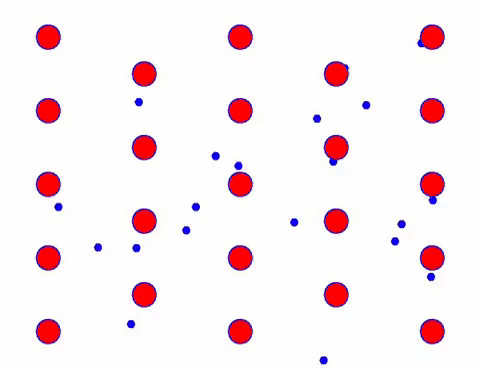
Revera, motus directionalis electronicorum multo tardius est quam celeritas motus scelerisque. Hoc “molere” motus electrons egisse dicitur, seu calliditate. Aliquando electrons in contrariam partem ob collisiones cum atomis current. Sed generaliter electrons movetur in unam partem.
If the electric field changes direction, the direction of electron drift will also change.
Therefore, this kind of directional movement means that the sum of the speeds of all the electrons participating in the conduction at a certain time is not zero, but is generally in a certain direction. This direction can be changed at any time, and that is the case of alternating current.
Ergo vena non tam “motus directivus” electrica crimen est quam “motus collectivus” electrica crimen.
The magnitude of the current in the conductor is expressed by the current intensity. The current intensity is defined as the amount of electricity passing through the cross-section of the conductor in a unit time, namely
Aliquot quantitates physicas didicimus quae verbum “intensionis” continentes, ut campus electrici intensio et intensio magneticae intensio. Plerumque dividendo per unitatem temporis, aream unitatis (vel unitatis voluminis, angulum solidum unitatis designant). Verbum tamen “intensionis” in intensio currente non refert hodiernam areae divisionem.
In fact, another physical quantity is responsible for the distribution of current to area, which is current density.
Since the essence of electric current is the directional movement of electric charge, there must be a certain relationship between current intensity and drift speed!
In order to obtain this relationship, we must first clarify a concept-carrier concentration, that is, the number of carriers in a unit volume, which is expressed by .
Ponitur sectionem transversalem conductorem esse, tabellarius intentio est, summa velocitas est, et crimen est.
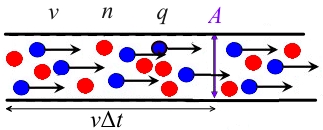
Tum crimen in conductore superficiei in latere sinistro est, et haec crimina per superficiem intra certum temporis spatium transibunt, etc.
Haec est expressio microscopica intensio currentis.
Densitas currentis ad aream dividens est, itaque magnitudo densitatis currentis est, sed ut vector definitur, et directio est directio velocitatis summae vectoris baiulorum positivorum oneratorum, sic summa electronicorum in Metallum ex hoc Celeritate obtineri potest, ut infra exemplum.
Filum aeneum considera, si singula atomi aeris electronico ut tabellarius conferat. Est 1 mol aeris, cuius volumen est, massa molaribus, densitas est, tabellarius conducit filum aeneum est.
Ubi est Avogadro constans. Densitas aeris invenitur, et valor substituendi est circa metrum unitatis cubicum.
Posito quod radii aenei fili 0.8mm, fluxus currentis est 15A, = 1.6 C, et summa velocitas electronicorum computatur ut
Summa celeritate electrons esse videri potest.
For those who study circuits, the above is the complete definition of current.
But in physics, the above definition of current is actually only a narrow definition. More general currents are not limited to conductors, as long as the movement of electric charges is current. For example, when the electrons of a hydrogen atom move around the nucleus, an electric current is formed in its orbit.
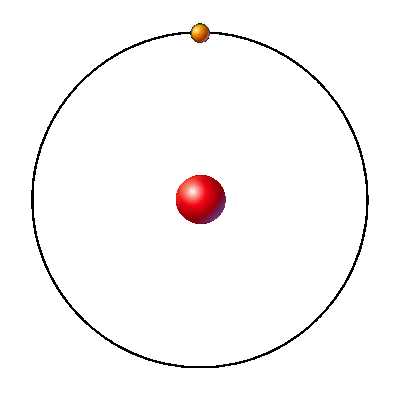
Suppose the amount of electronic charge is and the period of movement is. Then every time that elapses, there is such a large amount of charge passing through any cross section of the loop, so the current intensity is based on the relationship between period, frequency and angular velocity, and the current can also be expressed as
Exempli causa, orbis metalli accusatus, circa axem suum circumvolutus, etiam currentes ansam facit cum diversis radiis.

This kind of current is not a normal conduction current and cannot generate Joule heat! Can not form a real circuit.
Alioquin, quantum joule caloris per secundos electrons atomi hydrogenii mihi calculum dares?
In fact, the current in vacuum does not satisfy Ohm’s law. Because, for the electric current formed by the movement of charged particles in the vacuum, the carriers are not collided similar to the lattice in the metal, so the vacuum has no resistance and no conductance.
Motus criminibus electricis electricum generat, et crimen electricum ipsum campum electricam excitat. Facile est erroris causa. Multi igitur existimant campum electricum oneratum particulis, quae electricum currens formant, obnoxium esse debere. Sed re vera, ad conductorem currentem in conductore generali, tabellarii in campum fluunt ex magno numero positivo oneratus metallorum, et ipse conductor neutrum est!
Saepe hoc genus venae specialis “aequivalens” appellamus. Hic aequivalens significat campum magneticum eodem fundamento ac consuetudine conductionis generare!
Reminder: Do not confuse the “equivalent current” here with the “equivalent circuit” in circuit analysis
Re quidem, cum primum campum magneticum studuimus, electricum currens in lege Biot-Saffar erat currens communis electricus, qui hoc aequivalens currenti continebat. Utique, conductio currentis in aequationibus Maxwelli etiam ad currentem generalem refertur.
Qui effectus photoelectrici studuerunt sciunt, cum photoelectron de cathode ad anodem defluit, si influxus aeris neglectus est, hoc currens causatur per motum electricum in vacuo, et resistentia nulla est, ut illud. per Ohm legem non restringitur.
Estne haec sola res de vigente electrica vi physicae?
Minime! Sunt etiam duo genera, scilicet magneticam venam et obsessionem currentis.
Sunt etiam duo currentes aequivalentes, qui, ut nomen sonat, etiam ad magnetismum explicandum introducuntur. Aliis verbis, a fundamentali proprietate hodiernae “motus criminis” recesserunt!
Ut ‘admirari! Motus electrica non est, cur electricus dici potest?
Ne cures, et me audi tarde.
Inspice magneticam venam primam.
Deprehensum est magnetismum causari ex motu electricitatis (non considerans explicationem magnetismi proprietates intrinsecas nent temporis esse). Ad magnetismum naturalem explicandum, French physicus Ampere hypothesin “circulationem molecularis” proposuit. 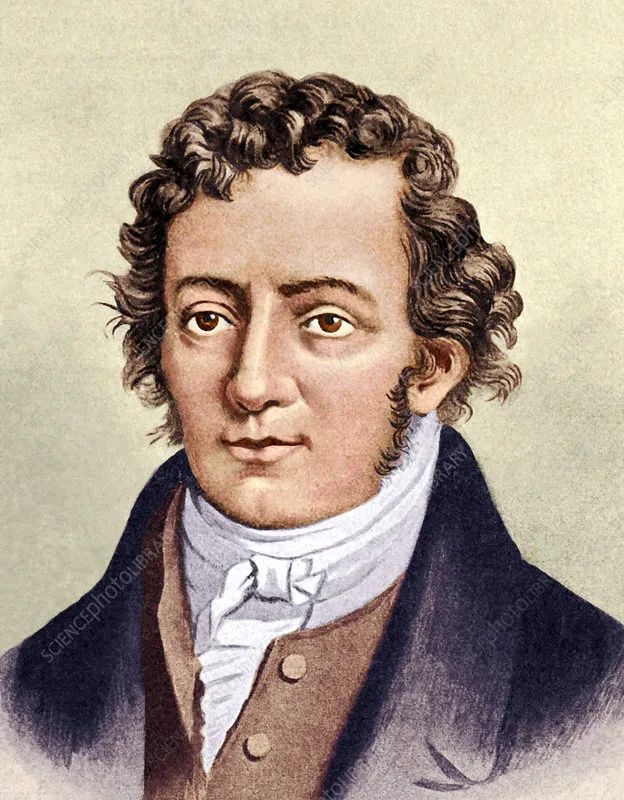
Ut in figura infra ostenditur, quodlibet atomum vel moleculum videri potest habere crimen electricum circa centrum circumactum, parvum ansam currentem formans, id est “circulationem molecularem”.
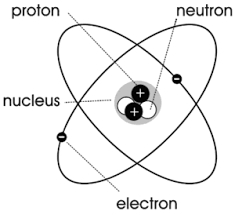
According to the law that the electric current excites the magnetic field, this molecular circulation will produce a physical quantity called magnetic moment. Its size is the area enclosed by the molecular circulation multiplied by the equivalent current of the molecular circulation, and its direction is in a right-handed spiral relationship with the direction of the circulation, namely
Patet, momentum magnetici directio est prorsus secundum directionem campi magnetici ab currenti circinante formato.
. 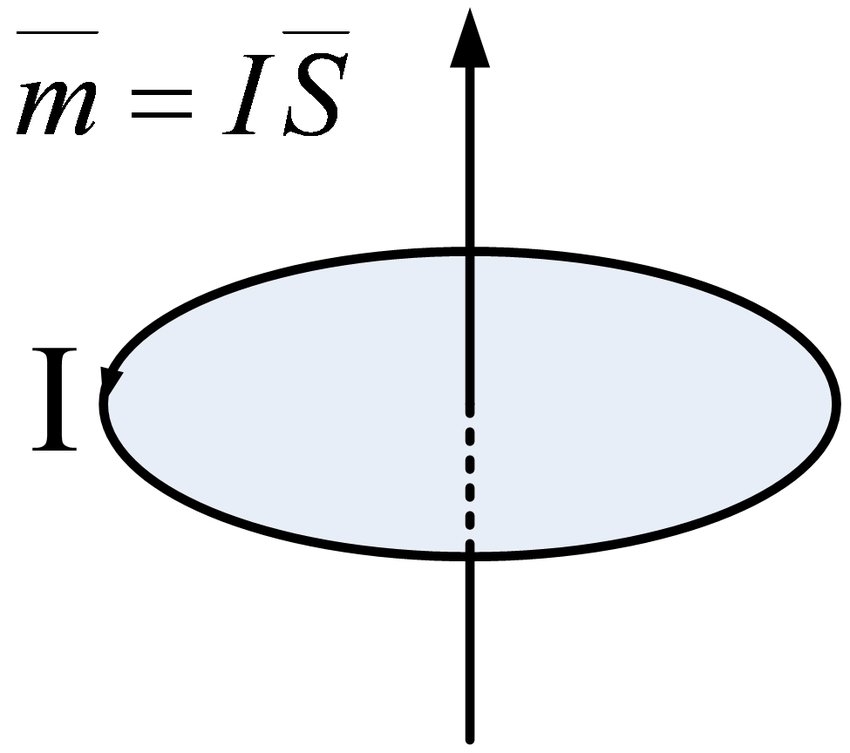
Sub communibus circumstantiis, ordinatio circulationis hypotheticae substantiae est tenebrosa; substantia ergo magnetica non est, ut patet in latere sinistro figurae infra. Cum agro magnetico externo subiectae, hae circulationes hypotheticae circiter eleganter disponentur. Ad dextram figurae infra ostendens, momenta eorum magnetica in unam partem quam maxime disposita sunt, sicut innumerabiles acus magneticae parvae collectae ad totam campum magneticum efformant, et tota materia ex iis fit magnetica.
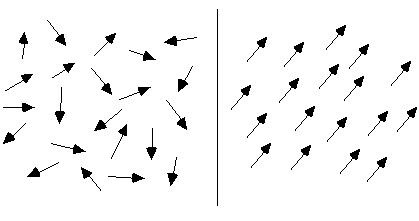
Sit cylindricus magnes, circulatio molecularis interior eleganter disposita, et sectiones cujusque circulationes hypotheticae ad oram sectionis magnetis connexae sunt ad magnam circulationem formandam, sicut in figura infra monstratum est. 
Based on this, we can think that a bar magnet is like an energized solenoid. In other words, there is an invisible current entangled on the surface of the magnet! This kind of current cannot be connected and used. It is confined to the surface of the magnet. We call it “binding current” or “magnetizing current”.
Therefore, the magnetizing current is a current, because it is the same as the current formed by the movement of real electric charges, which can equivalently generate a magnetic field!
Let’s look at the displacement current again.
According to the Ampere’s loop theorem, the integral of the magnetic field strength on a closed path is equal to the flux of the current density on any curved surface bounded by this path, that is, this theorem is called Stokes’ theorem in mathematics. It tells us that the integral of a vector along any closed path must be equal to the flux of its curl (here) to any surface bounded by the closed path.
Cum sit theorema mathematicum, semper debet esse recta, quia mathematica est systema logicum secundum axiomata.
Therefore, the Ampere Loop Theorem must always hold!
Nihilominus ingeniosus physicus Scotus Maxwell reperit prae instabili ambitu currenti Ampere ansam theorematis contradicentem fuisse.
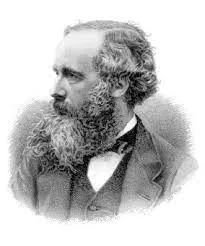
Typicalis vena instabilis fit in increpatione et exoneratione capacitatis. Ut in figura infra monstratur, vena instabilis est per breve tempus capacitoris notantis.
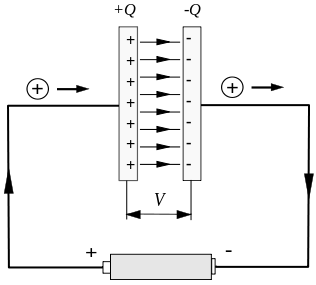
sed disiungitur ambitus inter laminas capacitor, qui gravem quaestionem causabunt.
Suppose we consider a closed path that bypasses the wire, as shown in the figure below, the circle marked by C, and the curved surface with it as the boundary can be arbitrarily selected. In the figure, the circular plane enclosed by C itself and across the capacitor are selected. The curved surface of the left plate. 
Secundum superficiem circularem, videri potest secundum superficiem curvam, sed ut ansa integralis virium campi magnetici, eius valor definiri debet!
Quam ad facere?
Maxwell credit theorema Ampere instituendum esse. Nunc sit quaestio, videndum est, quia pars hodierna non ante a nobis inventa est, sed est!
Quomodo igitur hanc partem invenimus?
Since the problem is between the plates, start from between the plates.
Per analysim, Maxwell invenit quamcumque obeundi vel emissionem, quantitatem physicam inter laminas capaci- tatis omni tempore congruens cum magnitudine et directione currentis. Tempus derivativum est fluxus obsessionis electrici vectoris, id est, currentis obsessio definitur.
If it is considered that this part is the part of the current that has not been discovered before, then the complete current is now. That is to say, although the circuit between the plates is disconnected, the derivative of the electric displacement flux and the sum of the current together, as a whole , Ensure the continuity of the current at all times.
Rediens ad contradictionem priorem, nunc scimus secundum exigentias theorematis Stokes, cum densitatem currentis pro superficie clausa computat, densitas currentis obsessionis etiam considerari debet, hoc est, ansam integram arripere. theorema est ergo, Per “invenire” hanc novam hodiernam componentem, discrimen Theorematis Ampere Loop!
Quod “introductio” hic non dicatur, sed “inventio” hic dicatur. Quod confirmare cupimus, hoc genus currentis non mathematicum excambium esse, sed rem realem, sed antea nondum detectum est.
Why does it exist in the first place? Because it acts as an electric current, like a conduction current, it excites a magnetic field equivalently, except that there is no movement of electric charges, no wire is required, and no Joule heat can be generated, so it has been ignored!
But it actually exists by itself, just keep a low profile, it has been silently exciting the magnetic field there all the time!
In other words, when we face a magnetic field, the original definition of current is too narrow. The essence of electric current is not the movement of electric charge, it should be something that can excite a magnetic field.
Hactenus singulae formae hodiernae introductae sunt. Omnes obiective existunt, quaeque communia habent, omnes venas pariter campum magneticum excitare possunt.
